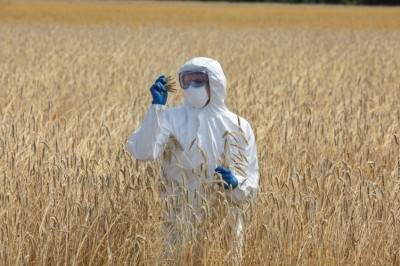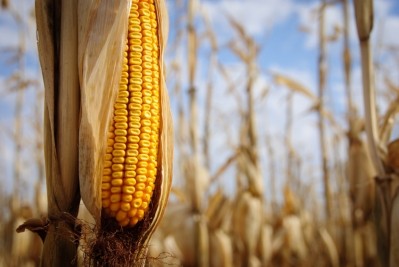EFSA lacks data to determine binding efficacy of clay based feed additive

The European Food Safety Authority (EFSA), in an opinion published last week, said it lacked the evidence to establish the binding and anti-caking properties of the firm’s Friedland clay but that the additive “has the potential to improve pellet hardness by acting as a binder.”
Rainer Dallwig, a spokesperson for Berlin based FIM Biotech, told us that the firm is intending to submit “more detailed” supporting documentation on those components to the Parma-based risk assessment body in order to get approval in that regard.
Mycotoxin binding classification uncertainty
The company had originally sought an evaluation and authorization of the use of Friedland clay under the category of technological additives, which includes anti-caking agents, binders, and substances for reduction of the contamination of feed by mycotoxins.
During the course of the assessment, according to the EFSA opinion, the company amended its application, changing the name and description of the additive from bentonite-montmorillonite to montmorillonite-illite mixed layer clay and withdrawing it from the mycotoxin reduction classification under which it the application has originally been filed.
But, today, Dallwig said: “We did not entirely withdraw it from the mycotoxin binder registration category but, rather, we postponed [its inclusion in that], as mycotoxin testing and data analysis is still in process.”
Friedland clay is typically composed of montmorillonite, illite, quartz and kaolin and is found in a very specific area of Germany, where it is produced.
The clay is excavated, and after removal of gross contaminants such as stones, gravel and coarse siderite, it is ground and pelletized. The clay pellets, which contain 24 to 26% of water are then dried until a water content of 12% is reached, and they are then milled.
Anti-caking and binding efficacy data
The binding efficacy of an additive can be measured by determining pellet hardness, says EFSA’s FEEDAP Panel.
The results of a study sent to it by the producer, said the Panel, showed that pellet hardness was significantly increased by the addition of Friedland clay to feeds for pigs and cows, but not to feeds for chickens.
Again in supplementary data sent to the EU risk assessor, a study on the efficacy of Friedland clay as an anti-caking agent used shear tests to determine such properties.
For that purpose, Friedland clay was added at an inclusion level of 2% to a complete feed for sows, a complete feed for laying hens, a protein-rich complementary feed for pigs and maize flour.
Flowability was determined at time zero and after one day of storage. An increase in flowability was observed only with the complementary feed for pigs at time zero and after one day of storage, said the EFSA Panel.
No beneficial effects on flowability were noted for the other two complete feeds before or after storage, or for the maize flour, it added.
EFSA thus concluded that there was “insufficient evidence” provided to it for the Panel to establish the binding and anti-caking properties of Friedland clay.
But, based on a series of studies in chickens for fattening, sows, dairy cows and cattle for fattening, the Panel found that 20,000 mg Friedland clay per kilo of complete feed is safe for all animal species.
Iron content
The Panel also noted that the iron content of the product, which averages around 3.6%, would limit the use of the additive in compound feeds for which a maximum content for iron is set by EU legislation.
“This may raise issues for control authorities and feed compounders. The feed compounder should consider the different maximum contents of iron for complete feeding stuffs for the different animal species when formulating diets with Friedland clay,” said the EFSA feed experts.
The opinion can be read here.















